Seed Grown Snapdragons – How To Grow Snapdragons From Seed
Fascinating and hardy, snapdragons are remarkably self-sufficient. Harvesting and planting their seeds takes a bit of knowledge and practice but propagating them can be rewarding.
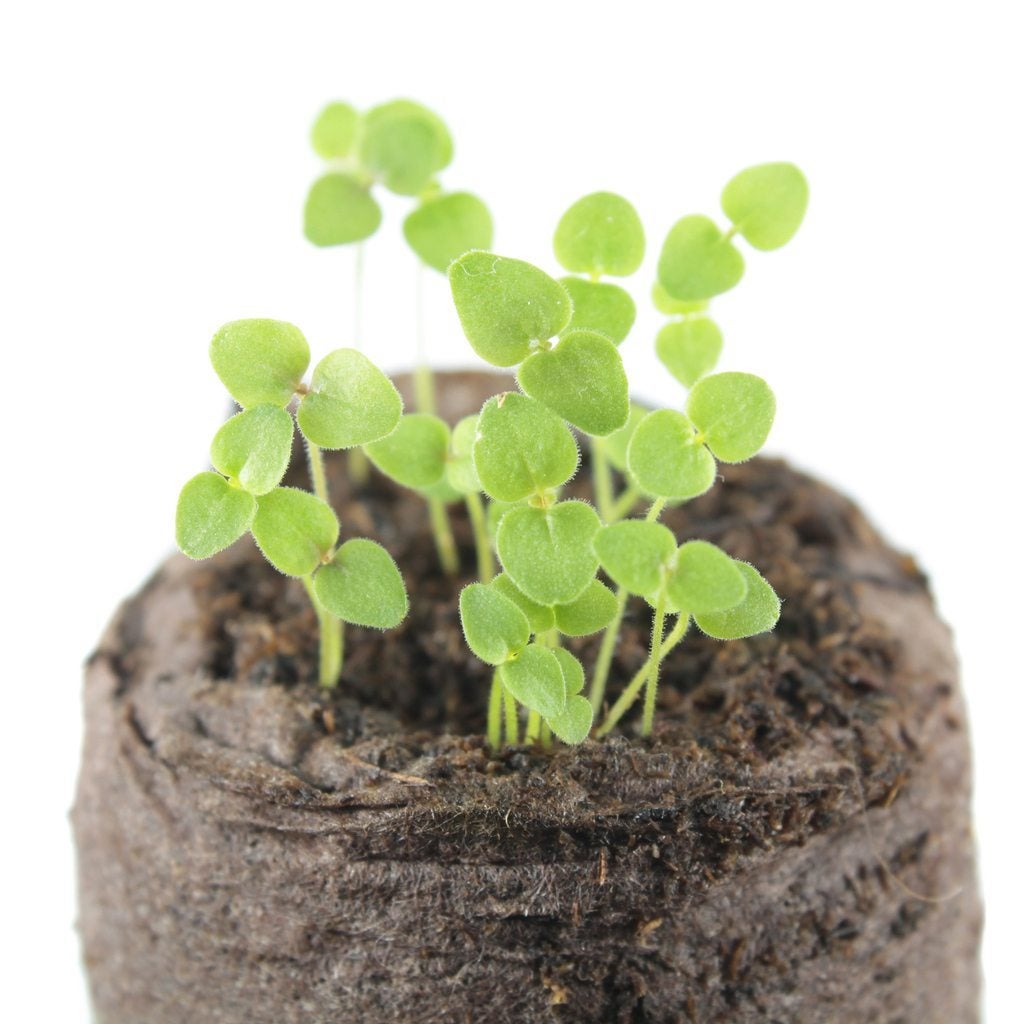

Caroline Bloomfield
Those Sweet Old-fashioned Snapdragons
Everybody loves snapdragons – old-fashioned, cool-season annuals that produce spikes of long-lasting, sweet-smelling blooms in every color of the rainbow, except blue.
Once established, snapdragons are remarkably self-sufficient, but planting snapdragon seeds can be tricky. Want to try your hand at seed-grown snapdragons? Learn the basics of snapdragon seed propagation.
When to Plant Snapdragon Seeds
When planting snapdragon seeds, the optimum time to start them indoors is about six to ten weeks before the last frost in spring.
Snapdragons are slow starters that germinate best in cool temperatures.
Some gardeners have good luck planting snapdragon seeds directly in the garden, so you may want to experiment with this. The best time to do it is after the last hard frost in spring, as snapdragons can tolerate light frost.
How to Grow Snapdragons from Seed Indoors
- Fill planting cells or seedling pots with well-drained potting mix. Water the mix well, then allow the pots to drain until the mix is evenly moist but not soggy.
- Sprinkle snapdragon seeds thinly on the surface of the moist potting mix. Press the seeds lightly into the potting mix. Don’t cover them; snapdragon seeds won’t germinate without light.
- Place the pots where temperatures are maintained at about 65 degrees F. (18 C.). Bottom heat isn’t necessary for snapdragon seed propagation, and warmth may inhibit their germination.
- Watch for the seeds to sprout within a couple of weeks. Place the plants 3 to 4 inches (8-10 cm) below fluorescent light bulbs or grow lights. Leave the lights on for 16 hours per day and turn them off at night. Planting snapdragon seeds on windowsills rarely works because the light usually isn’t bright enough.
- Be sure your seedlings have plenty of air circulation. A small fan placed near them will help prevent mold, and will also encourage stronger, healthier plants.
- Water the seedlings as needed to keep the potting mix evenly moist, but never saturated.
- Thin the seedlings to one plant per cell when the snapdragons have two sets of true leaves. (True leaves appear after the initial seedling leaves.)
- Fertilize the snapdragon seedlings three to four weeks after planting using a water-soluble fertilizer for indoor plants. Mix the fertilizer to half strength. Transplant the snapdragons into a sunny garden spot after the last hard frost in spring.
Grow Snapdragons By Direct Seeding in the Garden
Plant snapdragon seeds in loose, rich soil and full sunlight. Sprinkle snapdragon seeds lightly on the surface of the soil, then press them lightly into the soil. Don’t cover the seeds, as snapdragon seeds won’t germinate without light. Water them as needed to keep the soil evenly moist but be careful not to overwater.
Note: Some gardeners are convinced that freezing seeds for a couple of days increases the chances of successful snapdragon seed propagation. Others think this step is unnecessary. Experiment to discover which technique works best for you.
Gardening tips, videos, info and more delivered right to your inbox!
Sign up for the Gardening Know How newsletter today and receive a free copy of our e-book "How to Grow Delicious Tomatoes".

A Credentialed Garden Writer, Mary H. Dyer was with Gardening Know How in the very beginning, publishing articles as early as 2007.
- Caroline BloomfieldManager of Marketing Communications
-
 4 Superfast Composting Methods: Turn Waste Into Garden Gold In 30 Days Or Less
4 Superfast Composting Methods: Turn Waste Into Garden Gold In 30 Days Or LessTry the fastest composting methods to turbocharge your pile and transform kitchen scraps and garden waste into finished compost in just a few weeks.
By Mary Ellen Ellis
-
 Best Spider Plant Soil – Complete Soil Guide And Expert Tips For Keeping Plants Happy
Best Spider Plant Soil – Complete Soil Guide And Expert Tips For Keeping Plants HappySpider plants are fun and easy plants to grow, but what is the best soil for a spider plant? Selecting the right soil is important so they can thrive.
By Bonnie L. Grant
-
 When And How To Harvest Snapdragon Seeds For Years Of Blooms
When And How To Harvest Snapdragon Seeds For Years Of BloomsLearn how to harvest snapdragon seeds to replenish those frilly, familiar garden flowers for everything from weddings to beautiful bouquets on your table.
By Mary Ellen Ellis
-
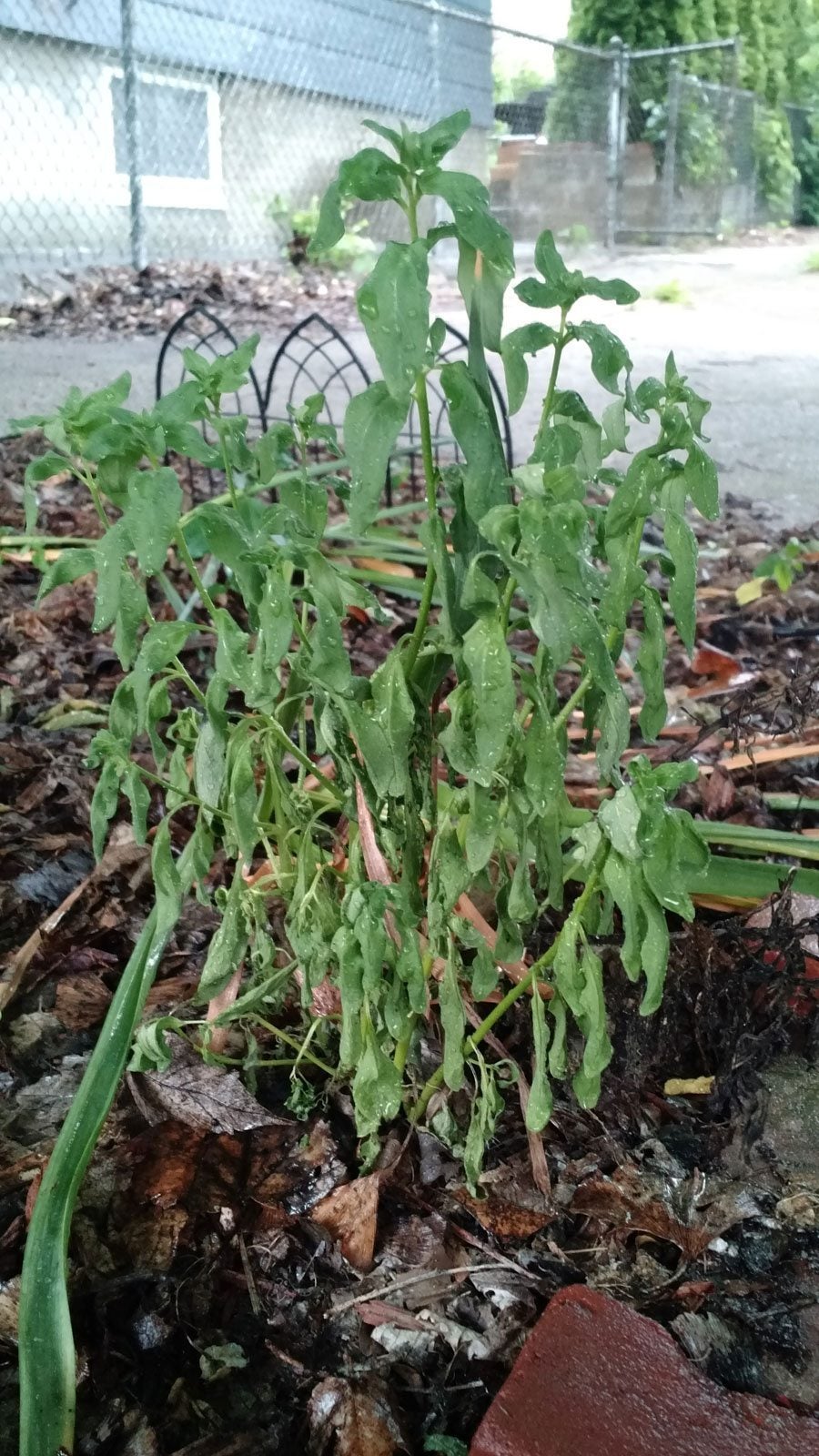 Why Do Snapdragons Wilt: Learn What Causes Wilting Snapdragons
Why Do Snapdragons Wilt: Learn What Causes Wilting SnapdragonsWhat can you do when your beautiful snapdragons start to hang their heads in despair? Start by reading this article, then get to work in the garden! Click here for information on why snapdragons plants wilt so you can begin fixing the problem.
By Kristi Waterworth
-
 Fixing Issues With Snapdragons – How To Deal With Snapdragon Problems
Fixing Issues With Snapdragons – How To Deal With Snapdragon ProblemsSnapdragons are fanciful plants that delight and inspire wonder in people of all ages, but they can also suffer from a number of problems. As a snapdragon keeper, it's your duty to learn more about the problems your plants can suffer, so click here to begin your journey.
By Kristi Waterworth
-
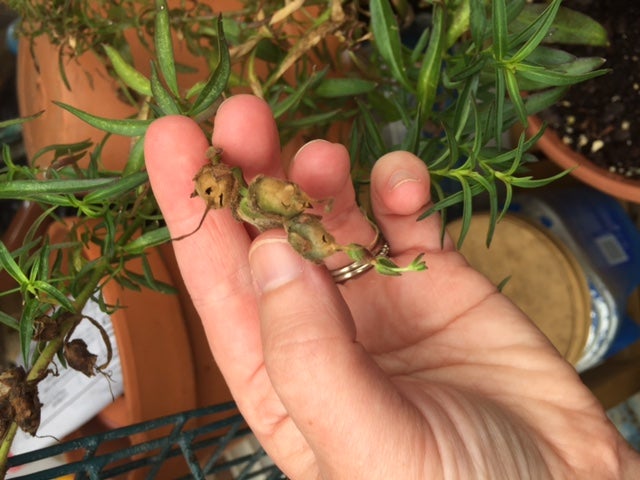 Propagating Snapdragons – Learn How To Propagate A Snapdragon Plant
Propagating Snapdragons – Learn How To Propagate A Snapdragon PlantSnapdragons are beautiful tender perennial plants that put up spikes of colorful flowers in all sorts of colors. But how do you grow more snapdragons? Click this article to learn more about snapdragon propagation methods and how to propagate a snapdragon plant.
By Liz Baessler
-
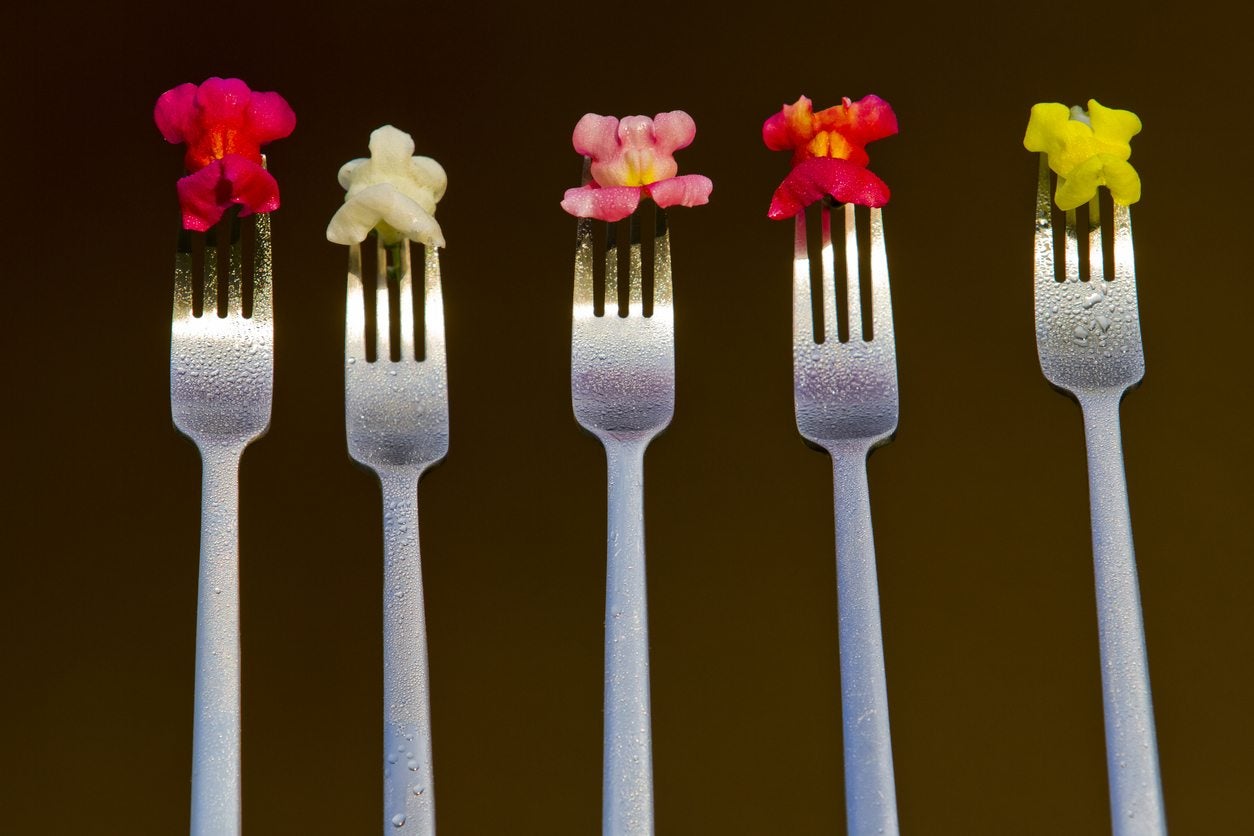 Are Snapdragons Edible – Information About Snapdragon Edibility And Uses
Are Snapdragons Edible – Information About Snapdragon Edibility And UsesEdible flowers are not a new trend. You are probably aware of some of the more common edible flowers, but how about snapdragon edibility? It's one of the more common garden flowers, but can you eat snapdragons? Find out in this article.
By Amy Grant
-
 Snapdragon Variations: Growing Different Kinds Of Snapdragons
Snapdragon Variations: Growing Different Kinds Of SnapdragonsSnapdragons are beautiful and fascinating flowers. But which kind should you plant? Click to learn about snapdragon varieties.
By Ilana Goldowitz Jimenez
-
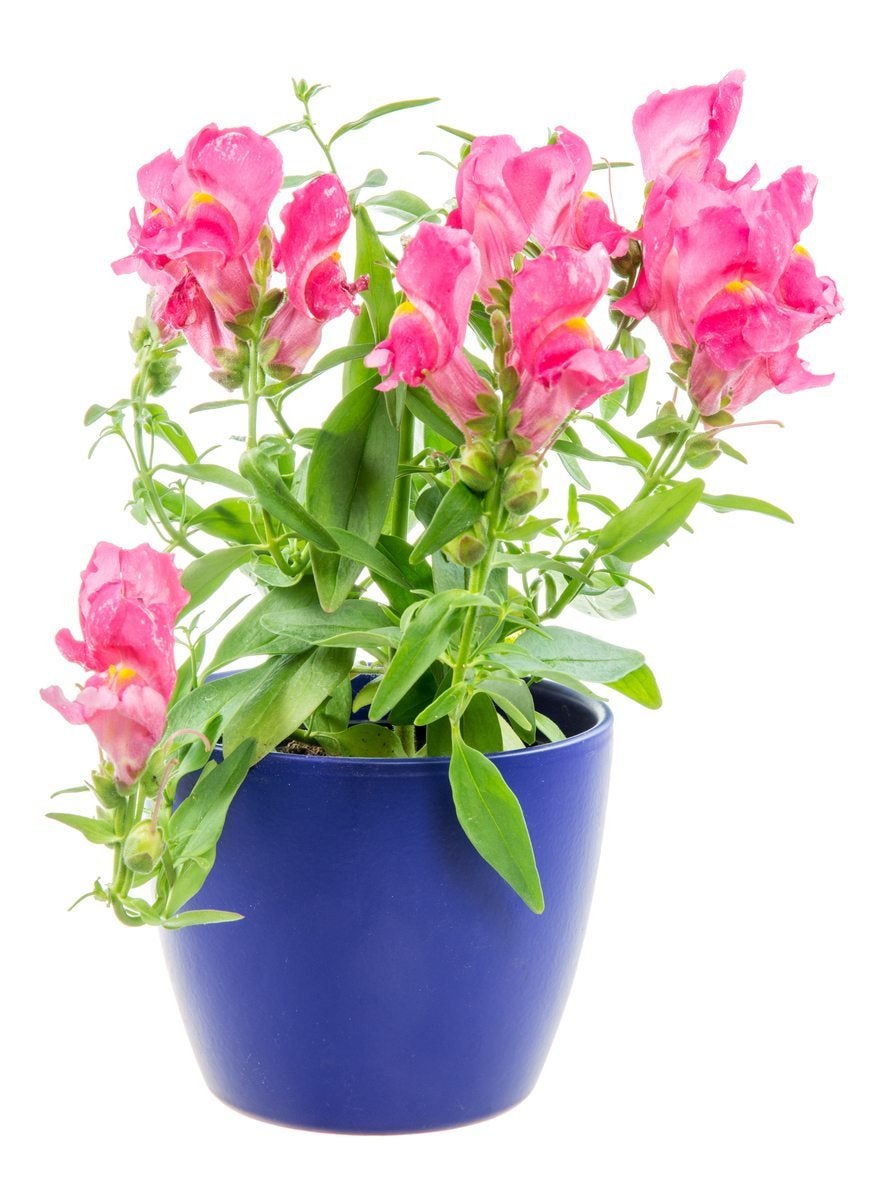 Growing Snapdragons In Pots – Tips For Snapdragon Container Care
Growing Snapdragons In Pots – Tips For Snapdragon Container CareSnapdragons are perennials, often grown as annuals, and produce a pretty and brightly-colored spike of flowers. While often used in beds, container grown snapdragons are another great garden, patio, and even indoor option. Learn more in this article.
By Mary Ellen Ellis
-
 Annual Vs. Perennial Snapdragon Plants: How Long Do Snapdragons Live
Annual Vs. Perennial Snapdragon Plants: How Long Do Snapdragons LiveThe most common question about snapdragons is: are snapdragons annual or perennial? The answer is that they can be both. You can learn more about how long snapdragons live by clicking this article for additional information.
By Darcy Larum